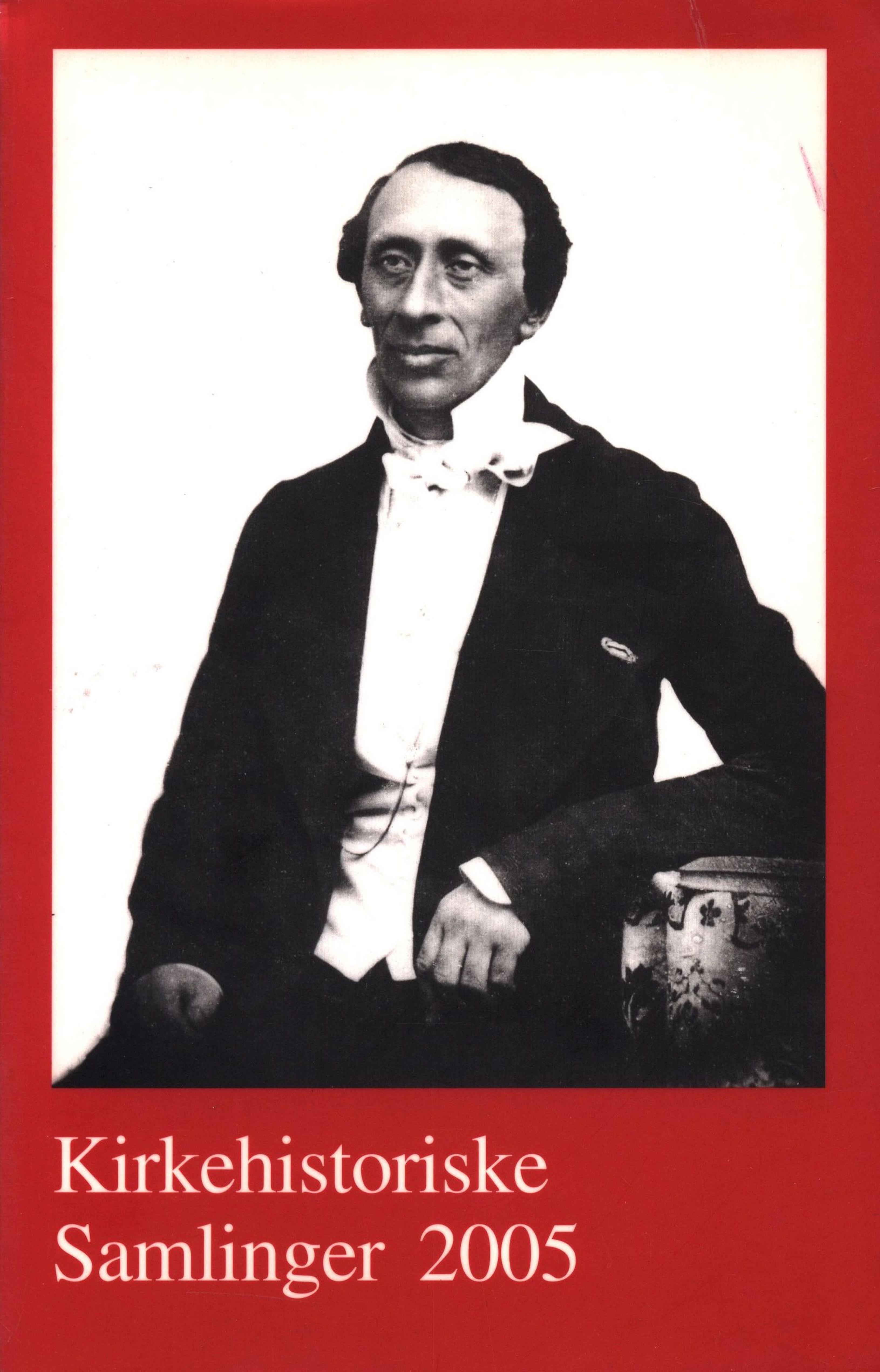Publiceret 25.02.2025
Citation/Eksport
Copyright (c) 2024 Tidsskriftet Kirkehistoriske Samlinger

Dette værk er under følgende licens Creative Commons Navngivelse – Ingen bearbejdelser (by-nd).
Resumé
The Mission Houses of Denmark
Around 1900 in many parishes in Denmark a Mission House became the centre of a great part of church-related activities like Sunday Schools, Bible Studies, Prayer Meetings and Foreign Missions. In this article the number of the Mission Houses is investigated for the first time and it is shown to whom they belonged and in which regions of Denmark the Mission Houses were most common. The Mission Houses were built and run by people related to five different Missionary Associations, none of which had any formal connections to the Danish Folk Church. The great majority of the Missions Houses, though, belonged to the Inner Mission Society which was dominated by Folk Church pastors and had strong links to the Folk Church. The relationship to the Swedish »Mission Houses«, the Norwegian »Prayer Houses« and the British »Chapels« and »Missions Halls« is discussed and the habit of giving the Mission Houses biblical names is seen on an international background, too. The initiative to build the Mission Houses of the Inner Mission Society differed from parish to parish. Some times a Mission House was built on a completely local or even private initiative. Other houses were built with support from a larger area. In some cases even the Inner Mission Society itself gave financial support in order to have a house built for missionary work in a strategic important city. There were three main reasons to build a Mission House: 1) A desire to spread the Gospel more effectively to people in the local area by Sunday Schools and evangelistic meetings and by having a place for strengthening the fellowship among the believers. In the rapidly growing population of Denmark in the late 19th and early 20th Centuries, a Mission House was often built in a suburb or in a newly cultivated heather district without any Folk Church. In this way the Mission Houses were preparing the way for the Folk church to people in these areas. 2) Often a Inner Mission House was built in order to stop the influence of the Free Churches, mostly Non-Lutheran, that were growing in Denmark in these years. 3) Often a Mission House was built in order to secure the biblical and pietistic profile of the old Danish revivals against the more national and cultural influence from the Grundtvigian branch of the revival. Even within the Folk Church there was a lot of competition: In many Danish parishes a Mission House was erected shortly before or after the building of the Assembly House of the Grundtvigians.

